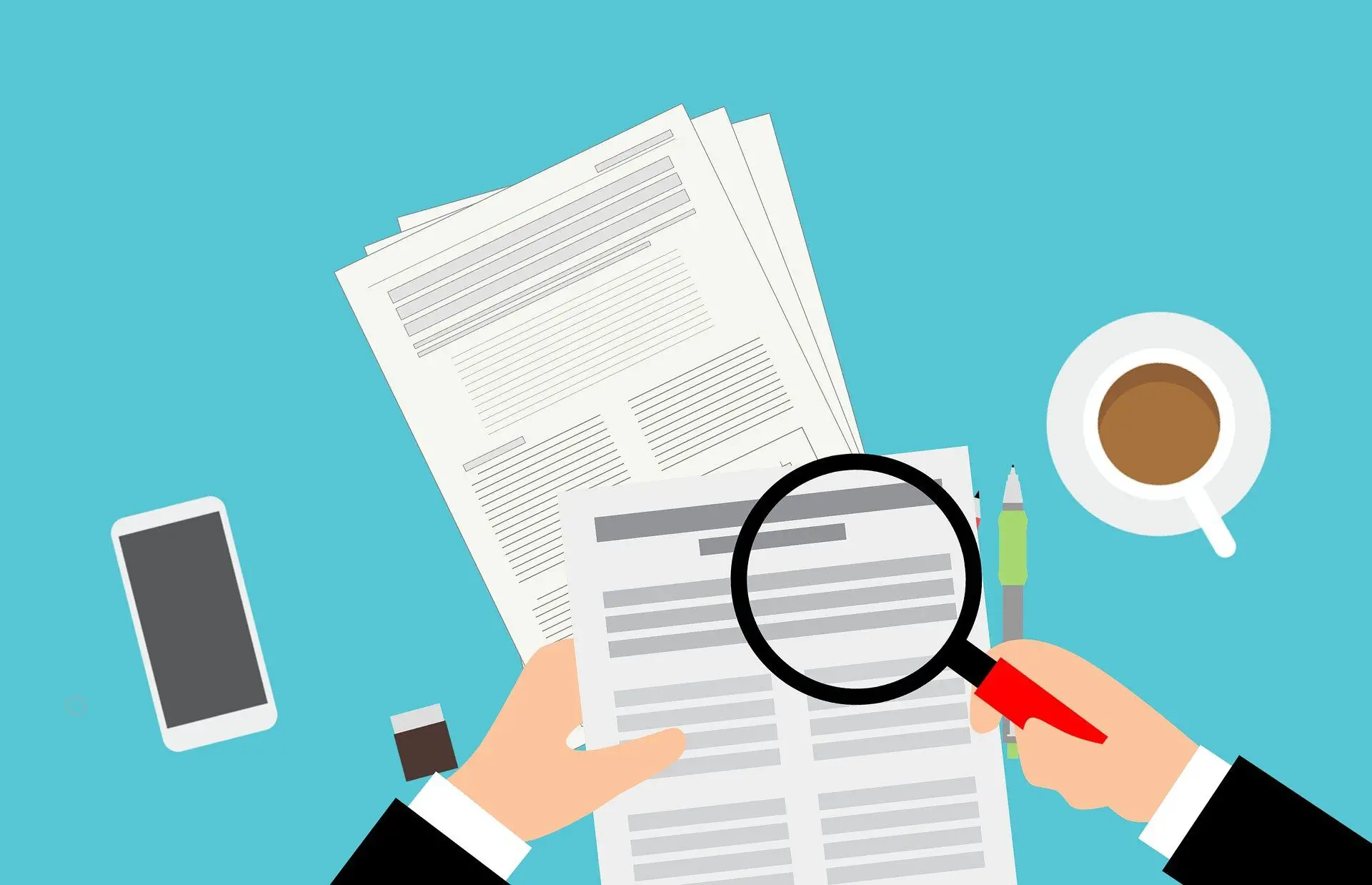The cost of goods sold (COGS) or cost of sales represents the expenses of a business related to buying goods. The cost of goods sold includes all the costs associated with purchasing the raw materials and the expenses related to the salaries of workers that produce the final product.
Cost of goods sold is an important metric because once you deduct it from revenues, you get the Gross profit, which is one of the most important profitability measures.
So is the cost of goods sold an asset?
No, the cost of goods is not an asset of the company because it simply represents the expenses of the business related to creating the final product. Since it is not an asset the cost of goods sold does not appear on the balance sheet.
It is neither an asset nor liability, and it shows on the income statement as an expense. It is used as a way to control profit margins, and for businesses to calculate their gross margins, and project their net margins.
Is the cost of goods sold a current asset?
No, the cost of goods sold is neither an asset nor a liability, therefore it cannot be categorized as a current asset.
However, the cost of goods sold is an expense used to build inventory, and inventory is recorded as an asset of the company. It will show up on the balance sheet. The cost of goods sold is an expense the company needs in order to create inventory, and therefore they are indirectly related.
Inventory and cost of goods sold are related but can be used in very distinct ways.
The cost of goods sold is used to measure the profitability of the business, and to estimate net income, and profit margins. While inventory can only be used to analyze how the company is using its assets, and compare its revenues growth and projections with inventory build-up.
Is the cost of goods sold on a balance sheet?
No, the cost of goods sold is not on the balance sheet because it is neither an asset nor a liability. However, inventory is present on the balance sheet as an asset of the company.
Indirectly inventory levels and cost of goods sold are related. But the cost of goods sold is simply the initial inventory plus the purchases during the period minus the closing inventory. It represents the cost of the goods that were actually sold during the period.
Therefore the inventory displayed on the balance sheet represents all of the inventory of the company at end of the reporting period.
What is the cost of goods sold classified as?
The cost of goods sold is classified as an expense of the business, and it is one of the main expenses, and one of the most useful indicators of a company’s profitability.
It allows investors and accountants, to calculate the gross margins, as well as make projections and estimates related to the company’s profitability.
Where does the cost of goods sold go on financial statements?
The cost of goods sold is one of the first lines in an income statement, right after revenue, and before gross profit. It represents the cost of the goods or services sold during a period of time, and it is a simple way to keep track of the estimated costs of the inventory sold during the period.
Is the cost of goods sold an asset or equity?
The cost of goods sold is neither an asset nor equity, it is a simple representation of the cost of the goods and services sold during a certain period of time.
The cost of goods sold represents the cost of raw materials, as well as costs associated with salaries, to create the products or services of the company.
How do you record the cost of goods sold in accounting?
The cost of goods sold is recorded as an expense of the business, and therefore it is included on the income statement. Once you deduct the cost of goods sold from revenues, you get the gross profit.
Is the cost of goods sold the same as expenses?
Yes, the cost of goods sold is an expense of the business. However, instead of being calculated by how much money is spent during a certain time frame, it takes into account the current and final inventory.
So, the cost of goods sold allows you to calculate the cost of all of the services and products sold in that time period. It is an essential measure of profitability for the company.
Why the cost of goods sold is an expense?
When a business generates revenues, there are costs directly associated with the products and services sold. The cost of goods sold tries to represent as accurately as possible the cost for the business to sell the inventory during the referenced period of time.
The cost of goods sold can be calculated depending on the accounting method that the company uses for the inventory.
If the company uses a First in First out (FIFO), that means that the products sold are calculated based on the oldest inventory. The cost of goods sold using FIFO tends to be lower. Since over time the value of the inventory continues to grow. This usually aids the company is showing a higher gross profit and higher gross margins.
If the company chooses the Last in First out (LIFO) method, then the most recent produced products or services are the first to be accounted for in revenues. This might show that the company has a higher COGS than in reality since it focuses on the current costs of goods sold.
Conclusion
The cost of goods sold is an important profitability metric, that allows the company, management, accountants, and investors to keep track of the bottom line margins of the business.
It is not an asset or a liability of the company, but it is an important expense in order to generate inventory which is a current asset.

